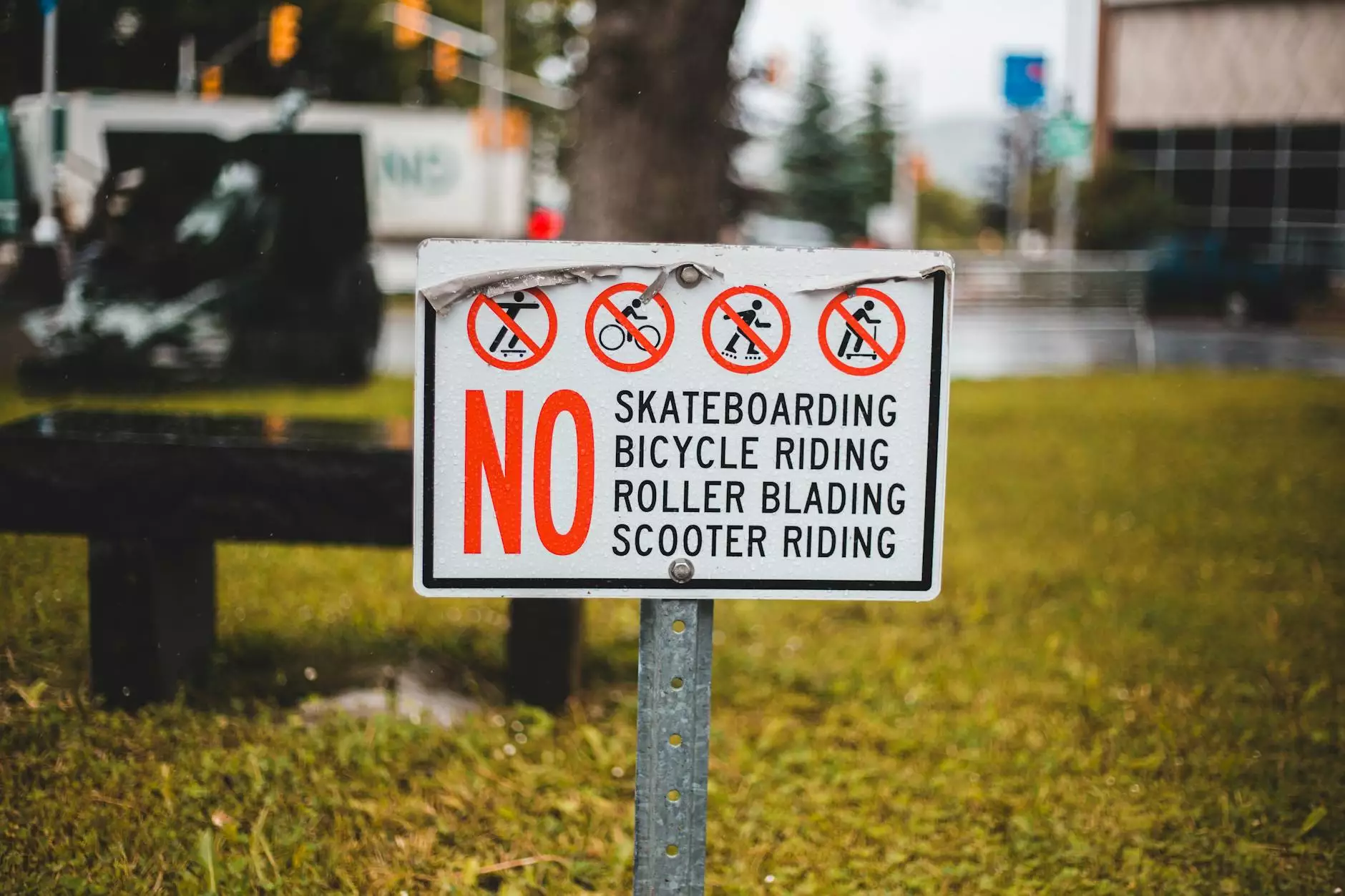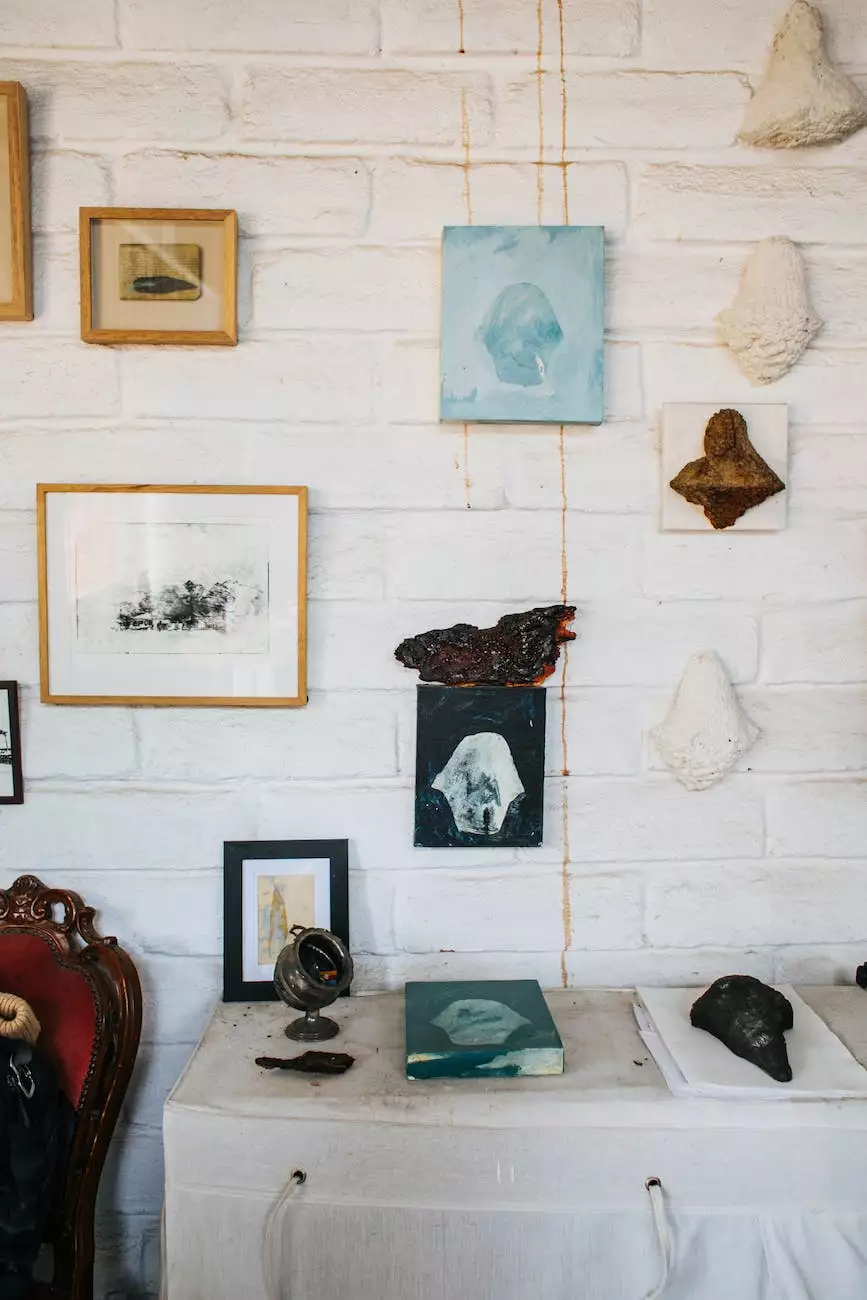How To Add Darkmode To Any Website (Copy/Paste DarkmodeJS)
Blog
Introduction
Welcome to Genevish Graphics, your go-to resource for all things related to visual arts and design. In this comprehensive guide, we will walk you through the process of adding dark mode to any website using DarkmodeJS. Dark mode has become increasingly popular, offering users an alternative color scheme that is easier on the eyes, saves battery life, and enhances the overall user experience.
Why Dark Mode Matters
Dark mode has gained significant traction in recent years due to its numerous benefits. Not only does it offer a visually appealing design, but it also reduces eye strain and improves readability, especially in low light conditions. Dark mode also helps conserve energy, making it an environmentally friendly choice. By implementing dark mode on your website, you can enhance user satisfaction and provide a modern and stylish aesthetic.
The DarkmodeJS Solution
One of the easiest and most efficient ways to add dark mode to your website is by using DarkmodeJS, a lightweight JavaScript library specifically designed for this purpose. DarkmodeJS allows you to quickly integrate dark mode functionality into your website with just a few lines of code.
Step 1: Download DarkmodeJS
The first step is to download the DarkmodeJS library from the official website or through a package manager like npm or yarn. Ensure that you have the latest version to benefit from the latest features and improvements.
Step 2: Link DarkmodeJS to Your HTML File
Next, you need to link the DarkmodeJS library to your HTML file. Insert the following code within the tag of your HTML document:
Step 3: Initialize DarkmodeJS
Once the DarkmodeJS library is linked, you need to initialize it. Add the following code just before the closing tag:
const darkmode = new Darkmode(); darkmode.showWidget();Step 4: Customize DarkmodeJS
DarkmodeJS offers various customization options to tailor the dark mode experience to match your website's design and requirements. You can adjust elements such as the overlay transparency, toggle position, and more. Refer to the DarkmodeJS documentation for detailed instructions on customization.
Additional Tips and Best Practices
Implementing dark mode successfully involves more than just integrating the DarkmodeJS library. Here are some additional tips and best practices to ensure an optimized dark mode experience on your website:
1. Keep Accessibility in Mind
While dark mode offers a sleek and modern design, it is crucial to prioritize accessibility. Ensure that your dark mode implementation maintains good color contrast, legibility, and readability for all users. Test your website using accessibility tools to ensure compliance with accessibility guidelines.
2. Test Across Devices and Browsers
Dark mode may display differently across various devices and browsers. Perform comprehensive testing to ensure a consistent dark mode experience across different platforms. Pay attention to any visual inconsistencies or layout issues that may arise.
3. Provide a Toggle Switch
Offer users the ability to switch between dark and light mode by including a toggle switch prominently on your website. This allows users to personalize their browsing experience and toggle between modes depending on their preferences.
4. Optimize Images and Media
For a seamless dark mode experience, make sure to optimize your images and media accordingly. Adjust brightness, contrast, and saturation levels to ensure they appear well in both light and dark modes. This will help maintain the overall aesthetic of your website regardless of the selected mode.
5. SEO Considerations
Adding dark mode to your website can also have positive effects on your SEO. By implementing this feature, you provide a better user experience, which in turn can lead to lower bounce rates and increased engagement. Additionally, Google has recognized the importance of dark mode and may consider it when evaluating and ranking your website.
Conclusion
Dark mode has become an essential feature for websites, offering benefits to both users and website owners. By following the steps outlined in this guide, you can easily add dark mode to any website using DarkmodeJS. Remember to test and customize the implementation to ensure a seamless user experience across different devices and browsers. By prioritizing accessibility and optimizing your website for dark mode, you can enhance the overall visual design and improve user satisfaction. Stay ahead of the curve with dark mode and take your website's visual appeal to the next level!










